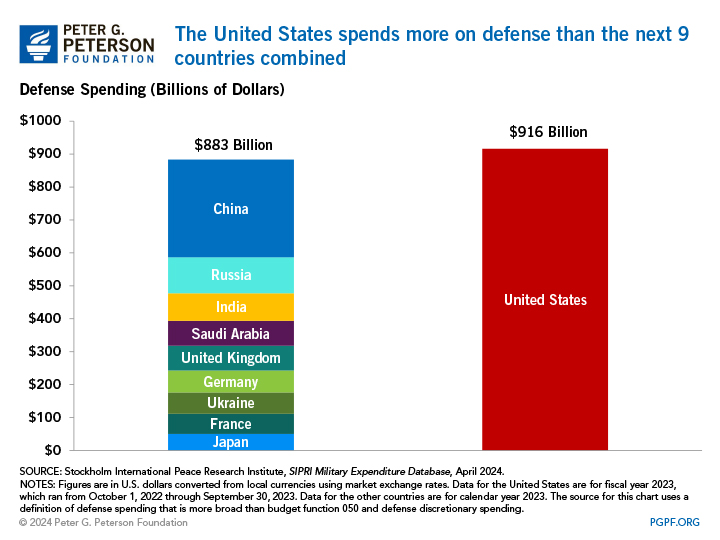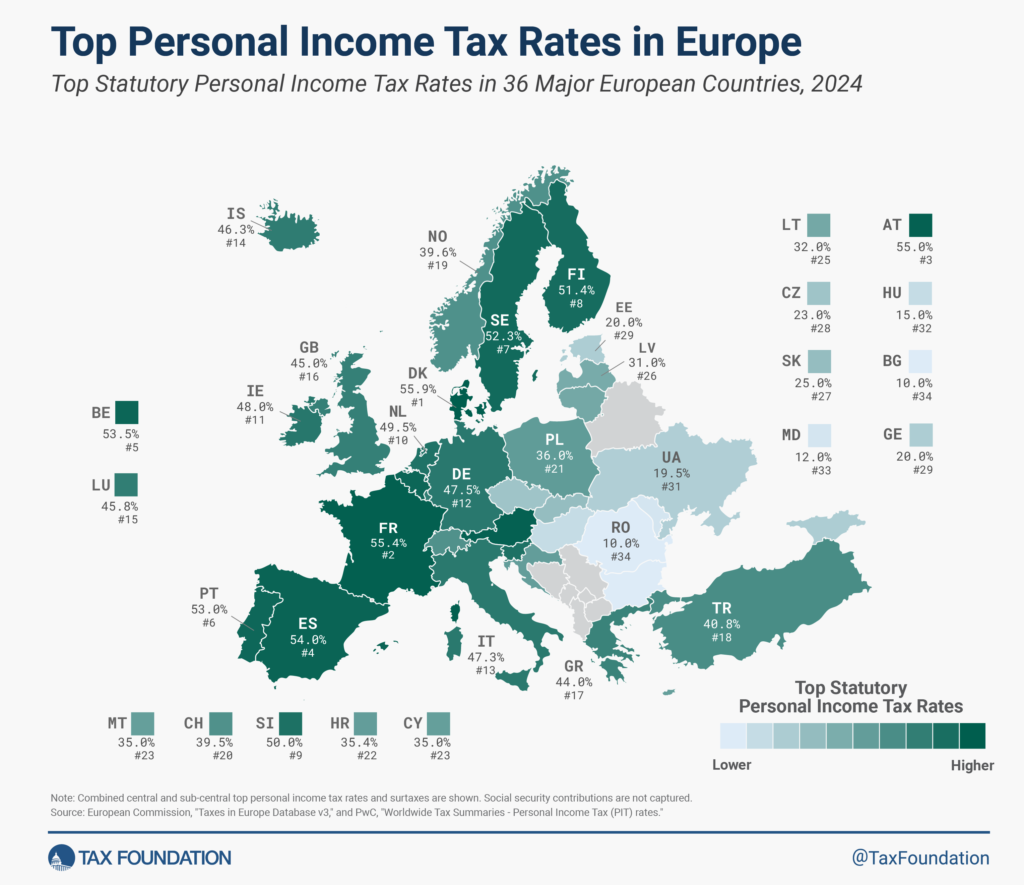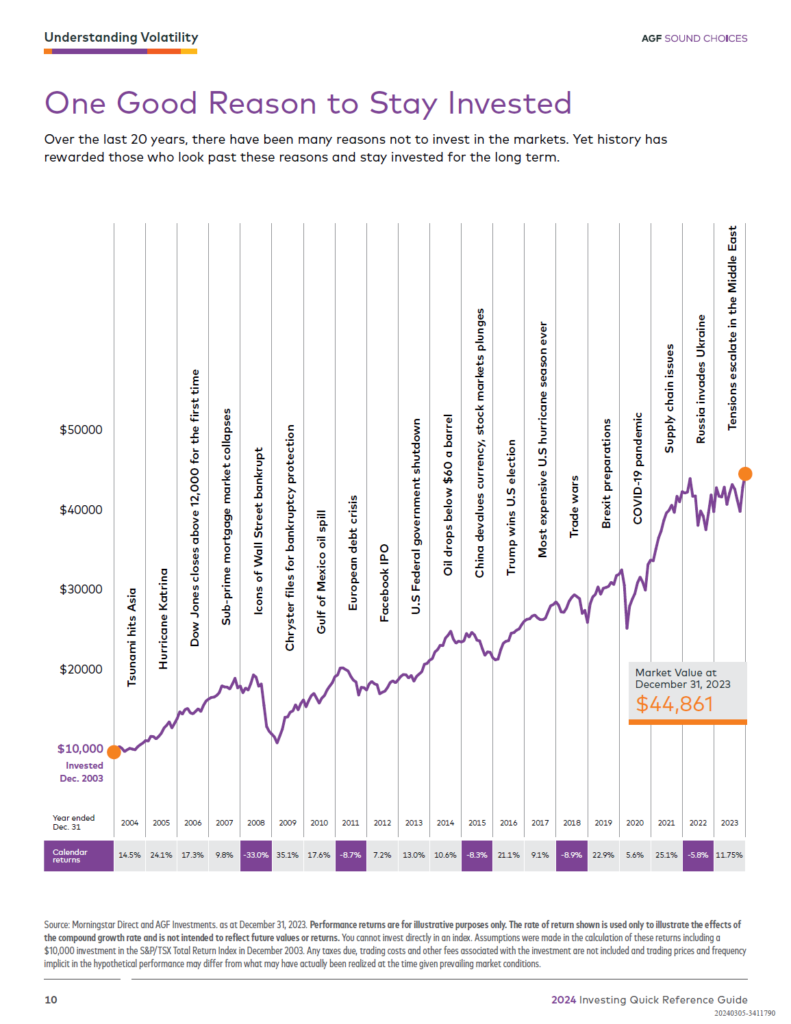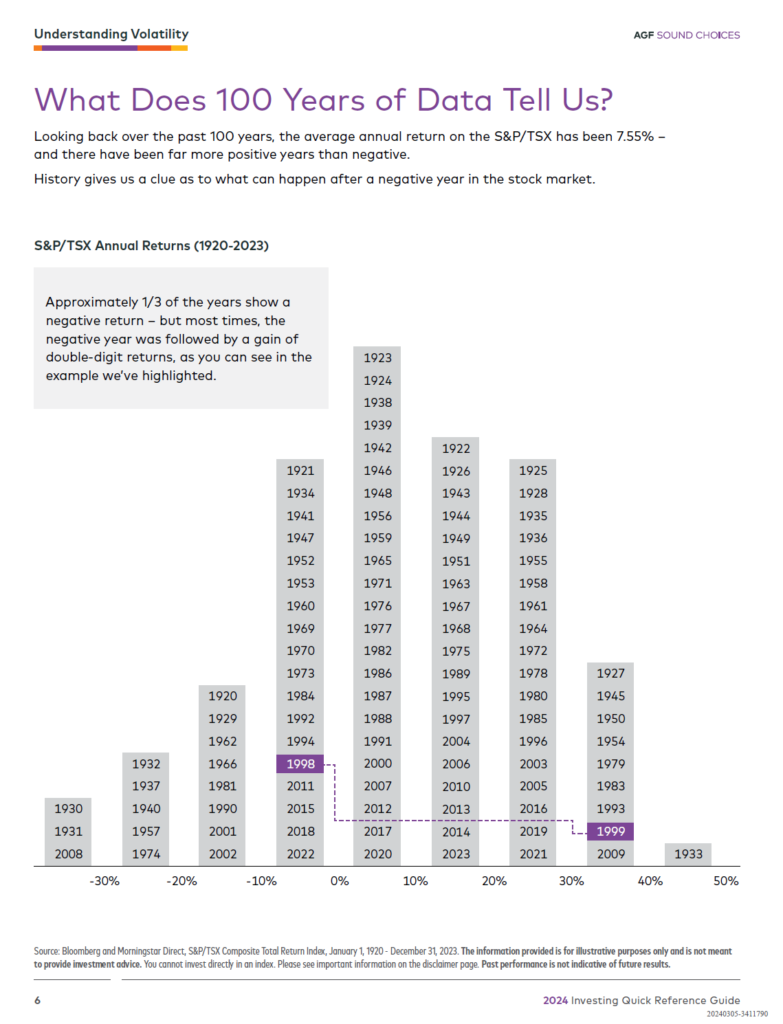Some of the foreign stocks trading on the US exchanges have performed very well so far this year. The S&P 500 index is up by over 10% YTD and the KBW Nasdaq Bank Index which is one trackers for bank stocks has increased by 9% YTD. Among the foreign bank stocks, Argentinean banks have soared as the newly elected President Javier Milei is restructuring the fundamentals of the economy and bring its soaring inflation under control. The three argentine bank ADRs – Banco Macro(BMA), Grupo Financiero Galicia(GGAL) and Banco BBVA Argentina S.A. (BBAR) – are up by 77% to over 95%. The following table shows the YTD returns of exchange-listed foreign bank ADRs:
| S.No. | Company Name | Ticker | Stock price as of May 10, 2024 close | Year-to-date Change (%) | Country |
|---|---|---|---|---|---|
| 1 | Banco Macro | BMA | $54.67 | 95.47% | Argentina |
| 2 | Grupo Financiero Galicia | GGAL | $32.37 | 85.87% | Argentina |
| 3 | Banco BBVA Argentina S.A. | BBAR | $9.68 | 77.57% | Argentina |
| 4 | NatWest | NWG | $7.76 | 37.48% | United Kingdom |
| 5 | Barclays Bank | BCS | $10.27 | 30.20% | United Kingdom |
| 6 | KB Financial Group | KB | $53.68 | 27.29% | Korea |
| 7 | Deutsche Bank | DB | $16.17 | 19.41% | Germany |
| 8 | Sumitomo Mitsui Financial | SMFG | $11.36 | 18.29% | Japan |
| 9 | Banco Santander | SAN | $4.80 | 17.63% | Spain |
| 10 | Mitsubishi UFJ Financial | MUFG | $9.91 | 16.26% | Japan |
| 11 | ICICI Bank | IBN | $27.55 | 15.73% | India |
| 12 | Banco Bilbao Vizcaya Argentaria | BBVA | $10.46 | 14.16% | Spain |
| 13 | Mizuho Financial | MFG | $3.85 | 13.66% | Japan |
| 14 | HSBC | HSBC | $43.65 | 9.79% | United Kingdom |
| 15 | Shinhan Financial | SHG | $33.72 | 9.26% | Korea |
| 16 | Bancolombia | CIB | $32.95 | 8.84% | Colombia |
| 17 | Lloyds Banking Group | LYG | $2.57 | 7.95% | United Kingdom |
| 18 | Woori Financial Group Inc. | WF | $31.09 | 2.32% | Korea |
| 19 | Banco de Chile | BCH | $22.01 | -4.03% | Chile |
| 20 | Banco Santander Chile | BSAC | $17.91 | -7.44% | Chile |
| 21 | Itau Unibanco | ITUB | $6.10 | -10.07% | Brazil |
| 22 | Banco Santander Brasil | BSBR | $5.65 | -12.21% | Brazil |
| 23 | HDFC Bank | HDB | $58.14 | -12.25% | India |
| 24 | Banco Bradesco | BBD | $2.72 | -22.00% | Brazil |
Source: BNY Mellon
Note: The returns shown above are as of market close May 10, 2024 and do NOT include dividends.
Brazilian banks are the in the red YTD. Brazil is known as the “Country of the Future” and it never seems to be able to unshackle itself from an emerging market to a developed market. Due to political issues and other factors, even rising copper prices haven’t helped Chilean banks Banco de Chile (BCH) and Banco Santander- Chile (BSAC) stay in positive territory this year.
It remains to be see how these banks perform thru the rest of 2024.
Disclosure: Long BCH, ITUB, BBD, CIB, SAN and BBVA



